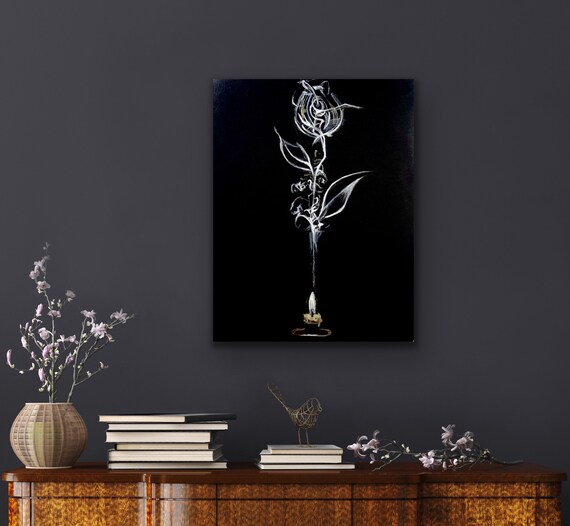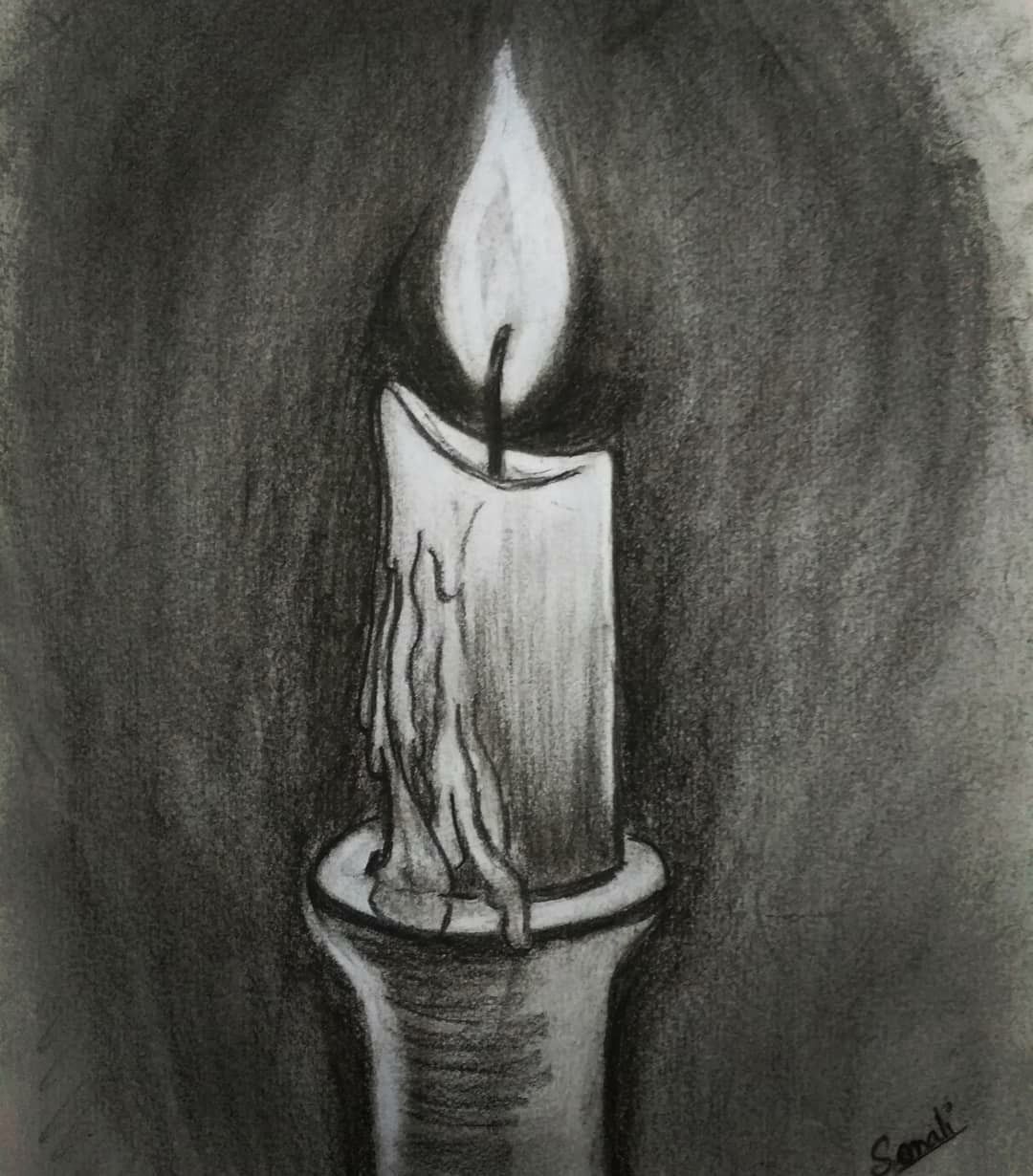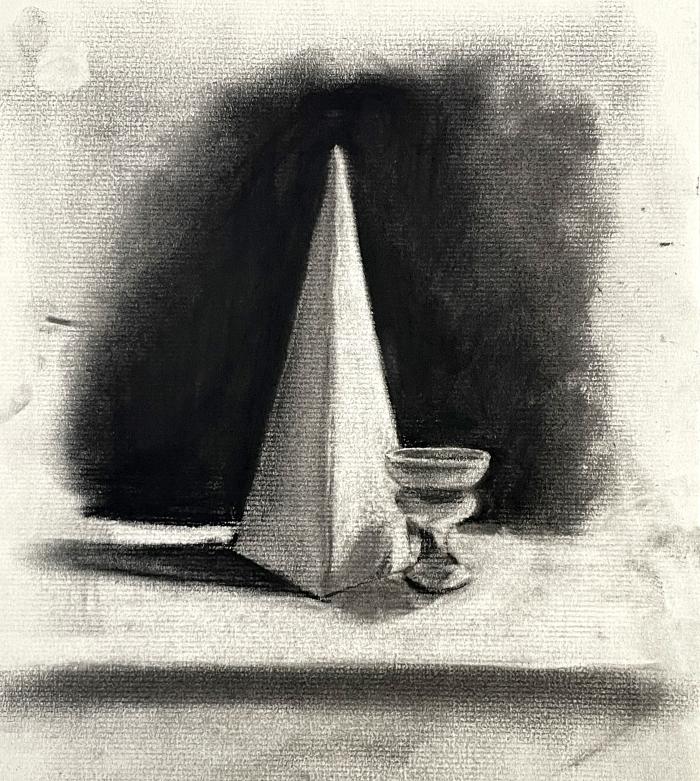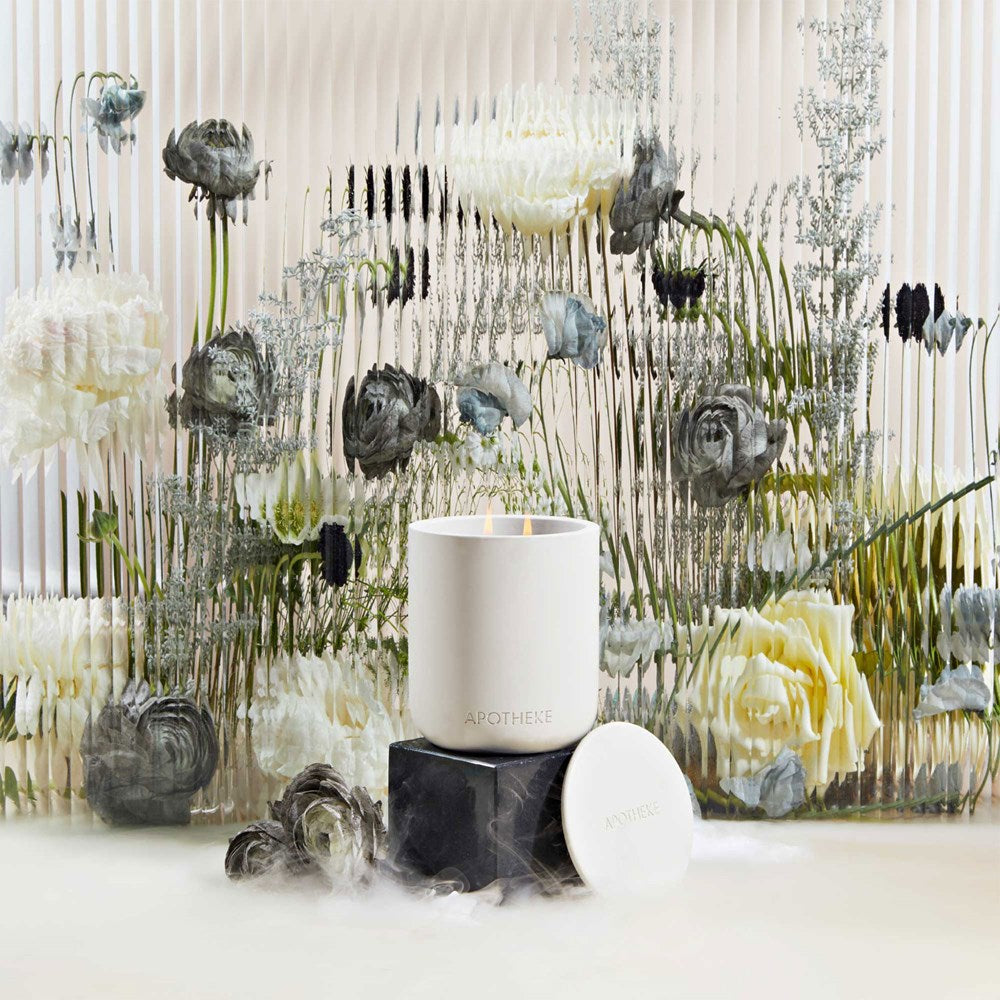Creating atmospheric scenes with charcoal and candle drawings can be a deeply expressive and atmospheric artistic process. This unique medium combination allows for the exploration of light and shadow, texture, and mood. From understanding the materials to mastering the technique, this article will guide artists through the process of producing captivating art pieces that showcase the dramatic potential of charcoal, enhanced by the subtle nuances candle work can provide.
Gathering the Right Materials
Selecting Charcoal for Various Textures
To start, artists must choose the correct type of charcoal. Compressed charcoal yields a deeper, richer black, while vine or willow charcoal allows for soft shading and easier erasure. Using a variety of charcoal types can help create a range of textures and shades necessary for atmospheric scenes.
Preparing Candles and Additional Tools
Besides charcoal, artists will need candles—preferably unscented and in various sizes—for creating unique effects. Additionally, gathering erasers, blending stumps, and fixatives can aid in refining the artwork. It’s also essential to select a paper that can withstand the charcoal’s abrasive nature and any melting wax that may come into contact with the surface.

Understanding the Interplay of Light and Shadow
Mastering Charcoal Shading Techniques
Charcoal is versatile, allowing for the manipulation of light and shadow to set the ambiance of a scene. Artists must practice applying pressure to create a spectrum from light grays to deep blacks. They should also experiment with blending stumps or fingers to soften the transitions between light and dark areas, contributing to a more atmospheric effect.
Using Candles to Influence the Scene’s Mood
The innovative use of candles comes into play by introducing actual light and shadow to the drawing. Artists can hold the lit candle close to the paper to subtly alter the charcoal, creating soft edges and areas of diffused light. The candle’s flame can also burn away sections of the charcoal, introducing stark contrasts and interesting textures.

Applying Techniques for Maximum Effect
Building Layers and Textures
Crafting atmospheric scenes involves applying charcoal in layers and manipulating those layers to build texture. The initial layers set the general tones, while subsequent layers add depth. The selective removal of charcoal using erasers or candles can reveal lighter tones beneath, adding complexity to the drawing.
Exploring Contrast with Candle Wax
Candles can be more than a light source; dripping wax on paper can resist charcoal, leaving sections of the artwork lighter. This contrast can create radiant highlights or magical elements that stand out against the darker charcoal. Controlled yet spontaneous use of wax helps in crafting scenes that are lively and compelling.

Fine-Tuning Details for Realism or Abstraction
Attention to Detail in the Composition
An atmospheric scene demands a detailed approach to the elements within. Fine-tuning details with charcoal pencils can infuse realism into the drawing, making the elements more tangible. Alternatively, abstract scenes can benefit from bold strokes and less defined shapes, allowing the viewer’s imagination to contribute to the atmosphere.
Balancing the Artwork
Whether aiming for realism or abstraction, balance is key. Artists must ensure that no part of the drawing overwhelms the rest, unless intentionally designed as the focal point. This balance can involve managing the extremes of light and shade, the distribution of textural elements, or the overall composition to produce harmonious and atmospheric artwork.

Experimenting with Advanced Candle Techniques
Adding Dramatic Flares with Flame
Once comfortable with basic candle techniques, artists can attempt more daring experiments like using the flame to char the edges of the paper or create patterns in the charcoal. These dramatic effects should be used sparingly and with caution, as they can quickly overpower the scene or pose a fire risk.
Combining Wax and Charcoal for Unique Effects
The wax that candles provide can be strategically placed before laying down charcoal, acting as a mask to create crisp lines or patterns within the drawing. Manipulating both wax and charcoal in conjunction can produce unique textures and details that add intrigue and enhance the mood of the scene.

Practical Tips for Preserving Charcoal Candle Drawings
Safeguarding the Artwork
Once the artistic vision takes shape, preserving the drawing is imperative. A fixative spray will set the charcoal, reducing smudging while still maintaining the rich velvety texture. However, care must be taken to apply the fixative in a well-ventilated area and to test it on a similar medium first to ensure it doesn’t alter the intended aesthetic.
Display and Storage Considerations
To maintain the atmospheric qualities of a charcoal candle drawing over time, proper display and storage are necessary. Framing under glass can protect the artwork from dust and physical contact. When storing, keep the drawings flat, away from direct sunlight, and in a cool, dry place to prevent fading and wax melting.
Enhancing Atmosphere through Storytelling Elements
Injecting Narrative into Your Scenes
A scene becomes atmospheric not just through visual elements, but also by suggesting a story. As artists refine their charcoal and candle drawings, they can think about the narrative behind the image. Simple additions, such as a lone figure in a landscape or a mysterious light source, can evoke curiosity and pull the viewer deeper into the art.
Using Symbols for Emotional Impact
Emotional connection often drives the atmosphere within an artwork. Utilizing symbols, artists can propel this emotional resonance further. A burning candle beside an aged portrait can signify the passage of time, or a shadow cast in an unexpected shape might invoke feelings of unease. These storytelling elements enrich the atmospheric scenes created with charcoal and candle techniques.
Leveraging Your Unique Artistic Voice
Developing a Personal Style
Experimenting with charcoal and candle drawings not only allows for atmospheric scenes but also aids in developing a unique artistic style. Each artist will find their comfort amount of light and dark, their approach to textures, and how to employ the candle’s effects. Embracing these personal preferences will enhance the authenticity and uniqueness of each piece.
Reflecting Mood through Personal Interpretations
The mood in a piece of art often reflects the artist’s inner world. Heyday wireless earbuds may interpret a landscape with a sense of tranquility, while another sees the same scene as somber or threatening. These personal interpretations help construct an atmosphere that is not only perceived but also felt. As artists grow more confident in their techniques, their individual visions will shine through more strongly in their artwork, adding depth to the atmospheric scenes they craft.
In conclusion, crafting atmospheric scenes with charcoal and candle drawings is a unique art form that blends traditional methods with innovative techniques. The interplay of shadows, textures, and the introduction of light from a candle’s flame has the potential to transform a simple drawing into a moody, dynamic work of art. By carefully selecting materials, mastering the medium, and creatively combining charcoal with candle wax and flame, artists can produce pieces with a haunting depth and a tangible atmosphere.